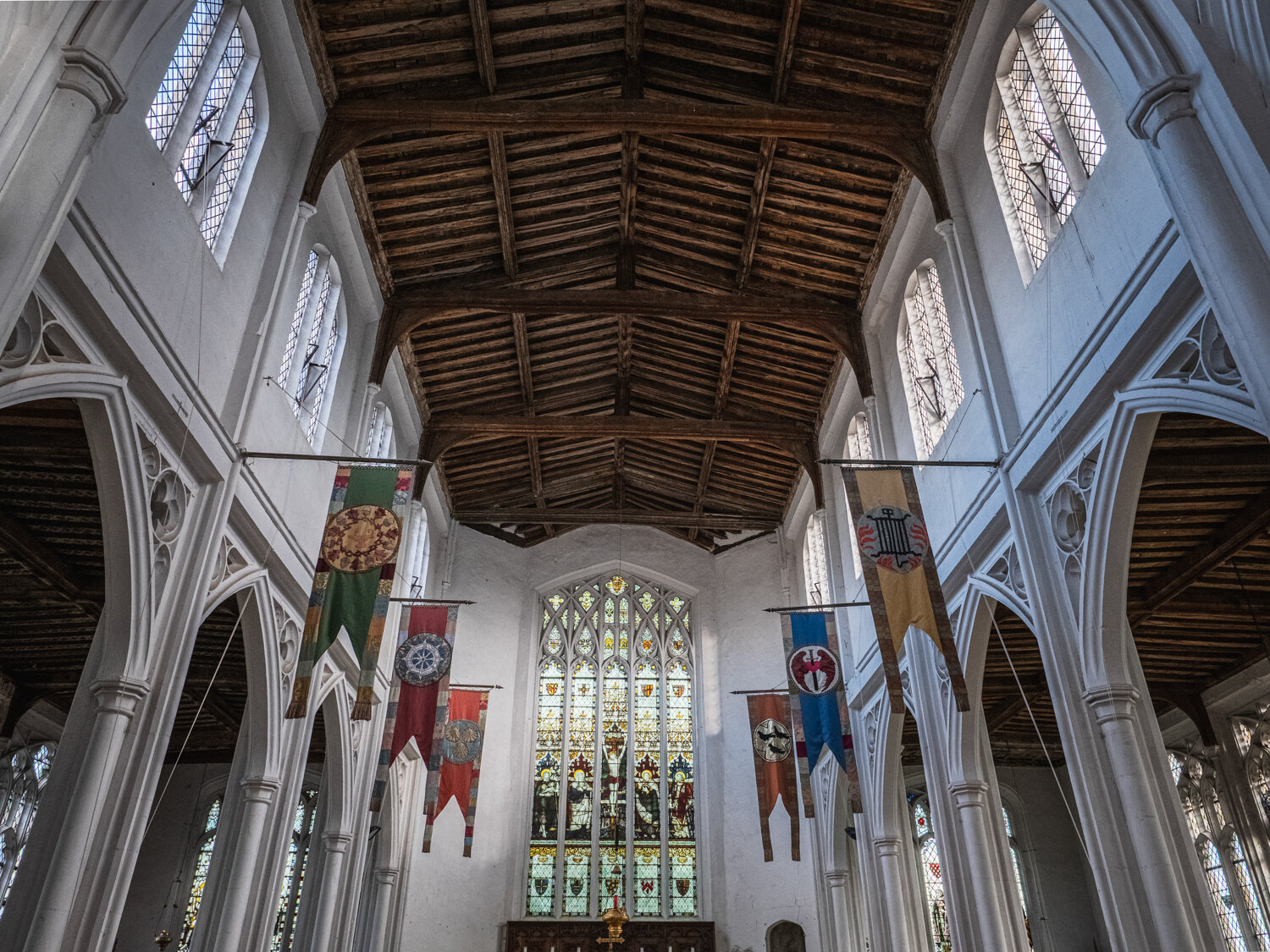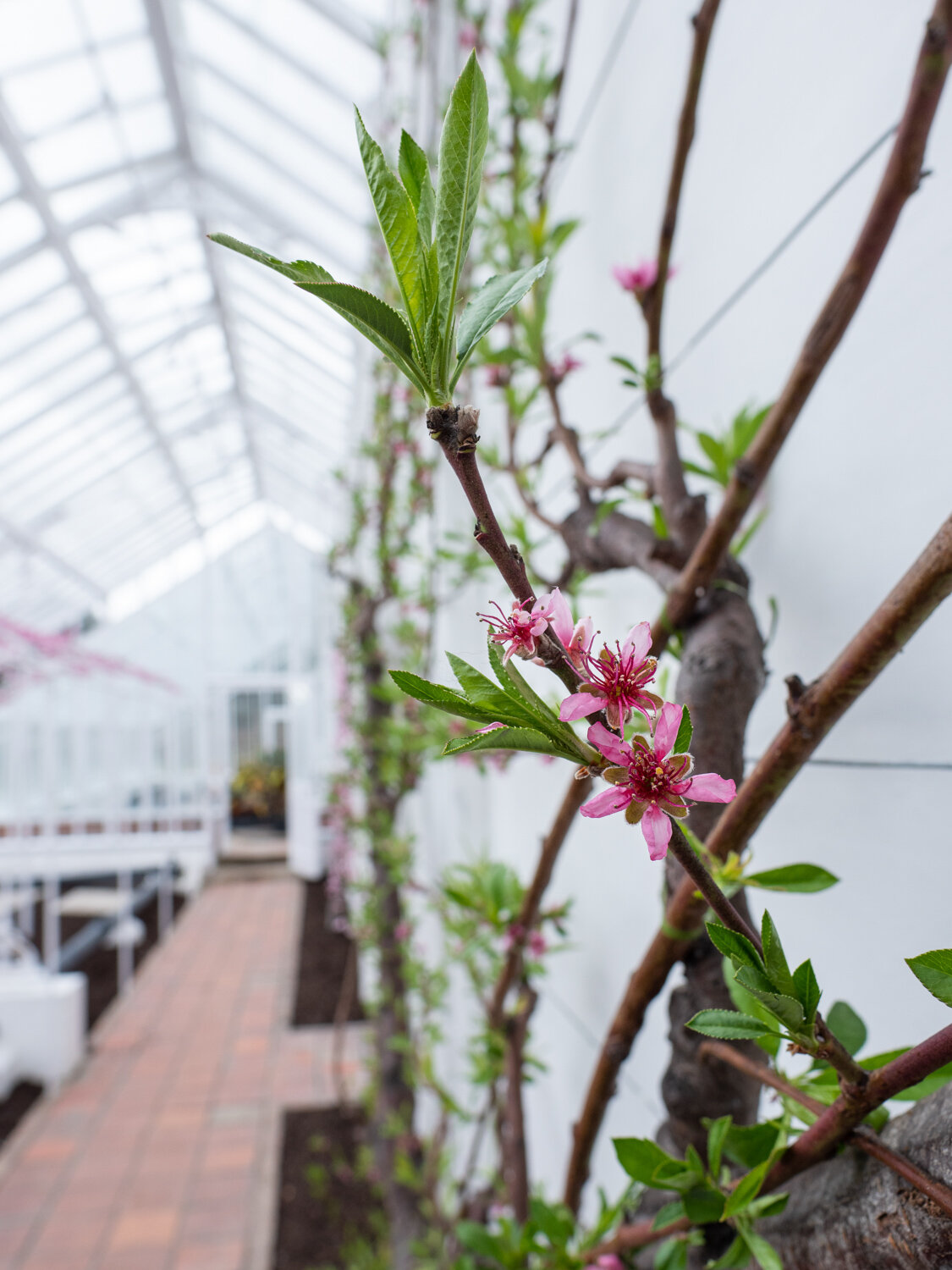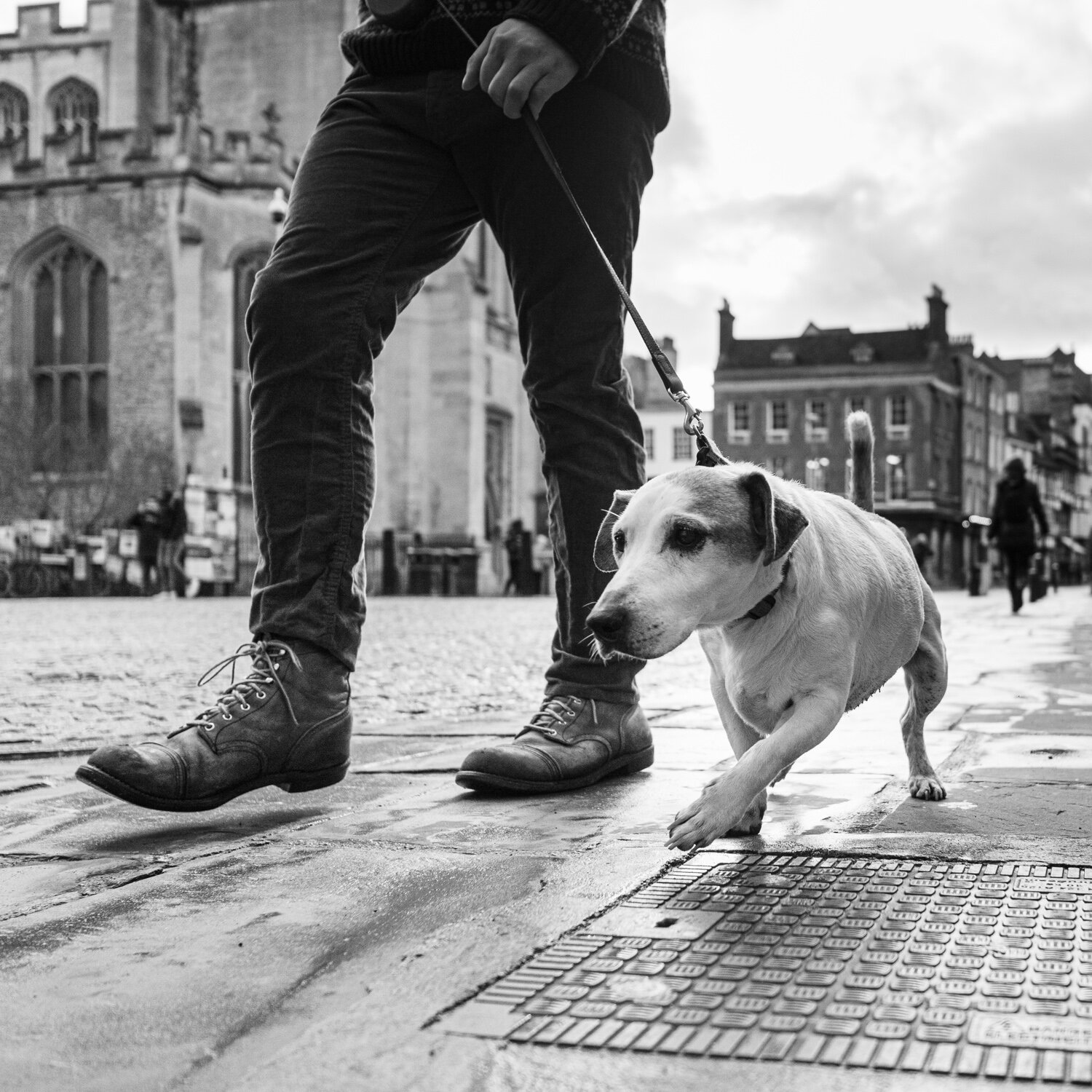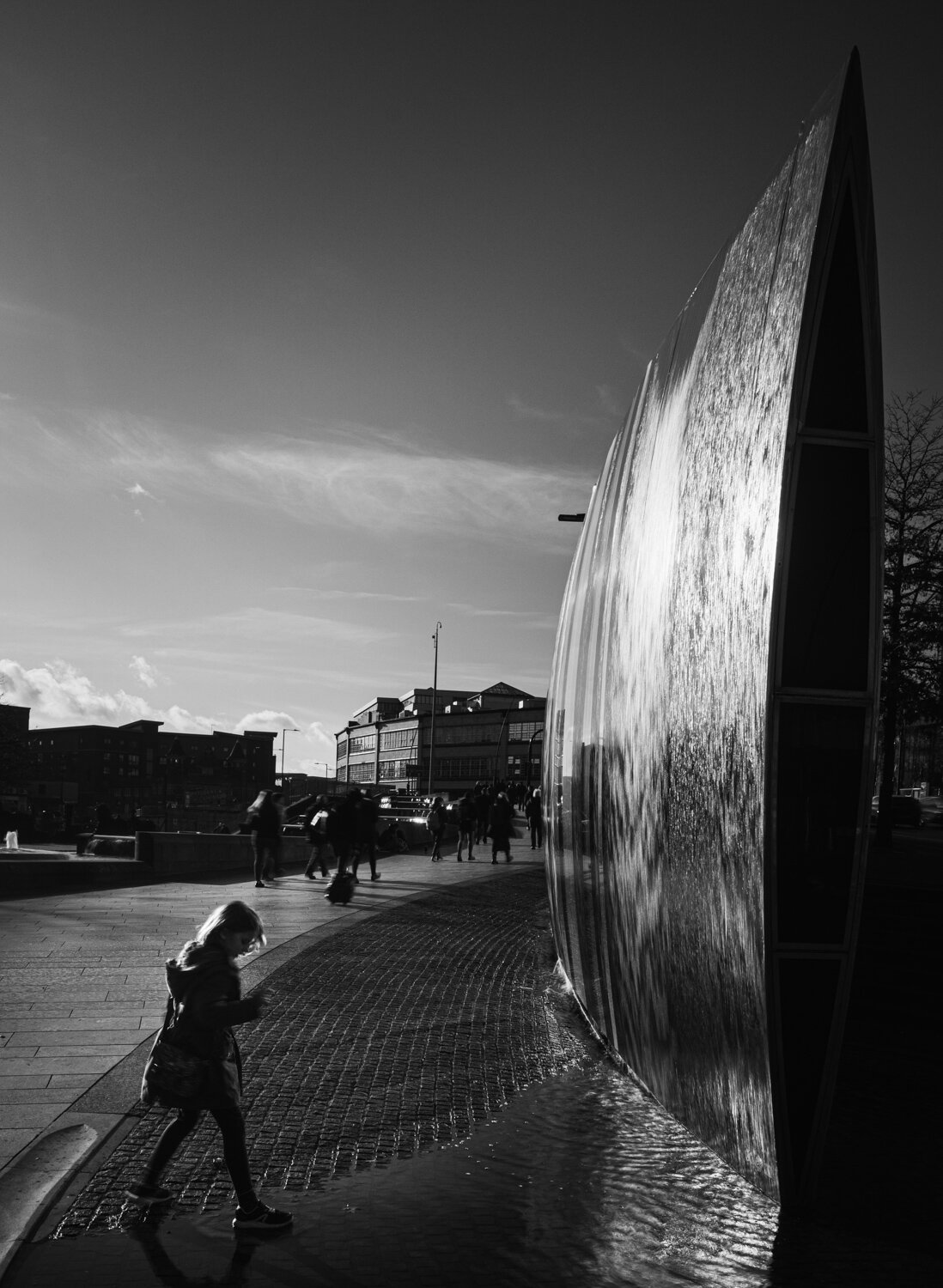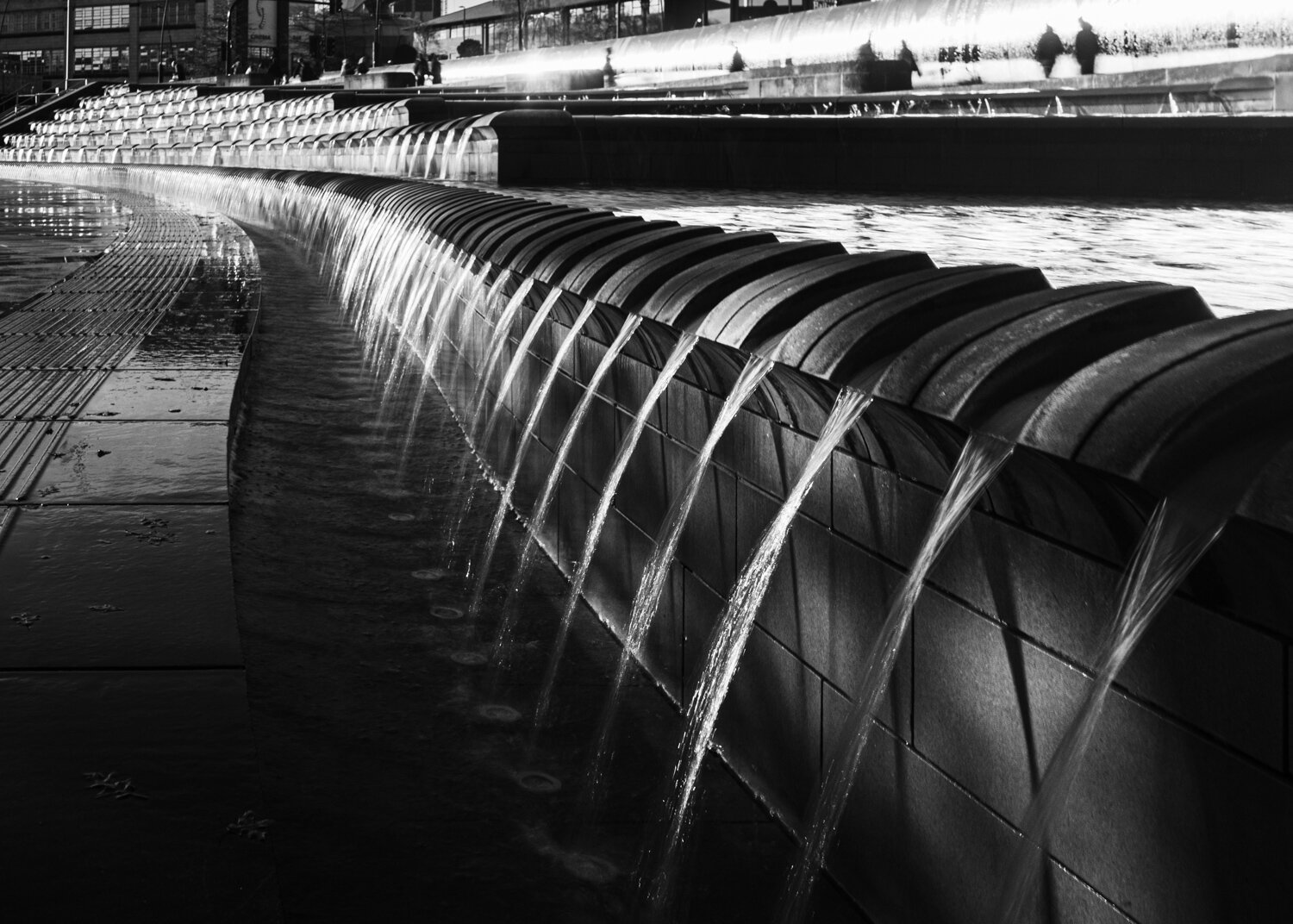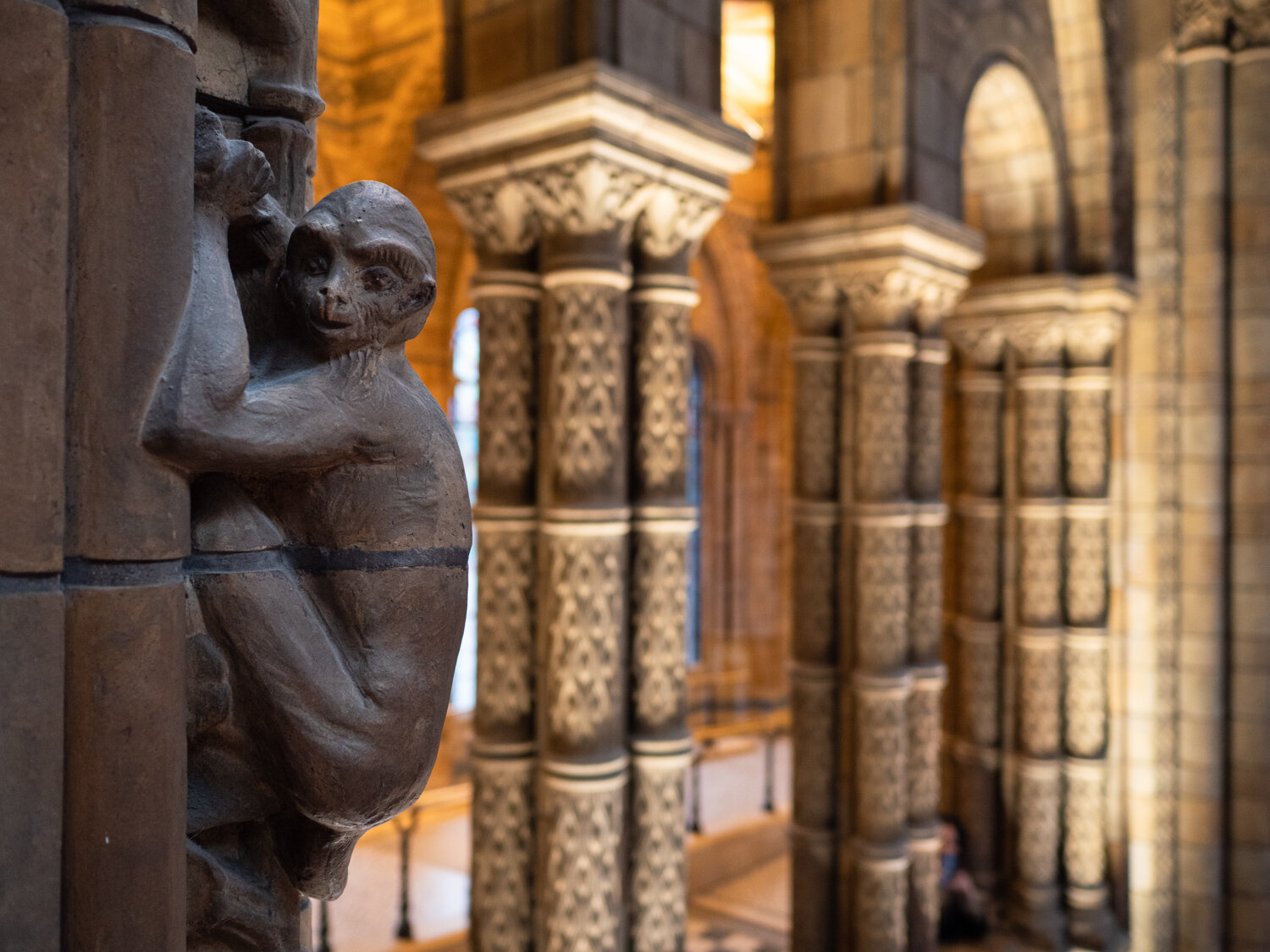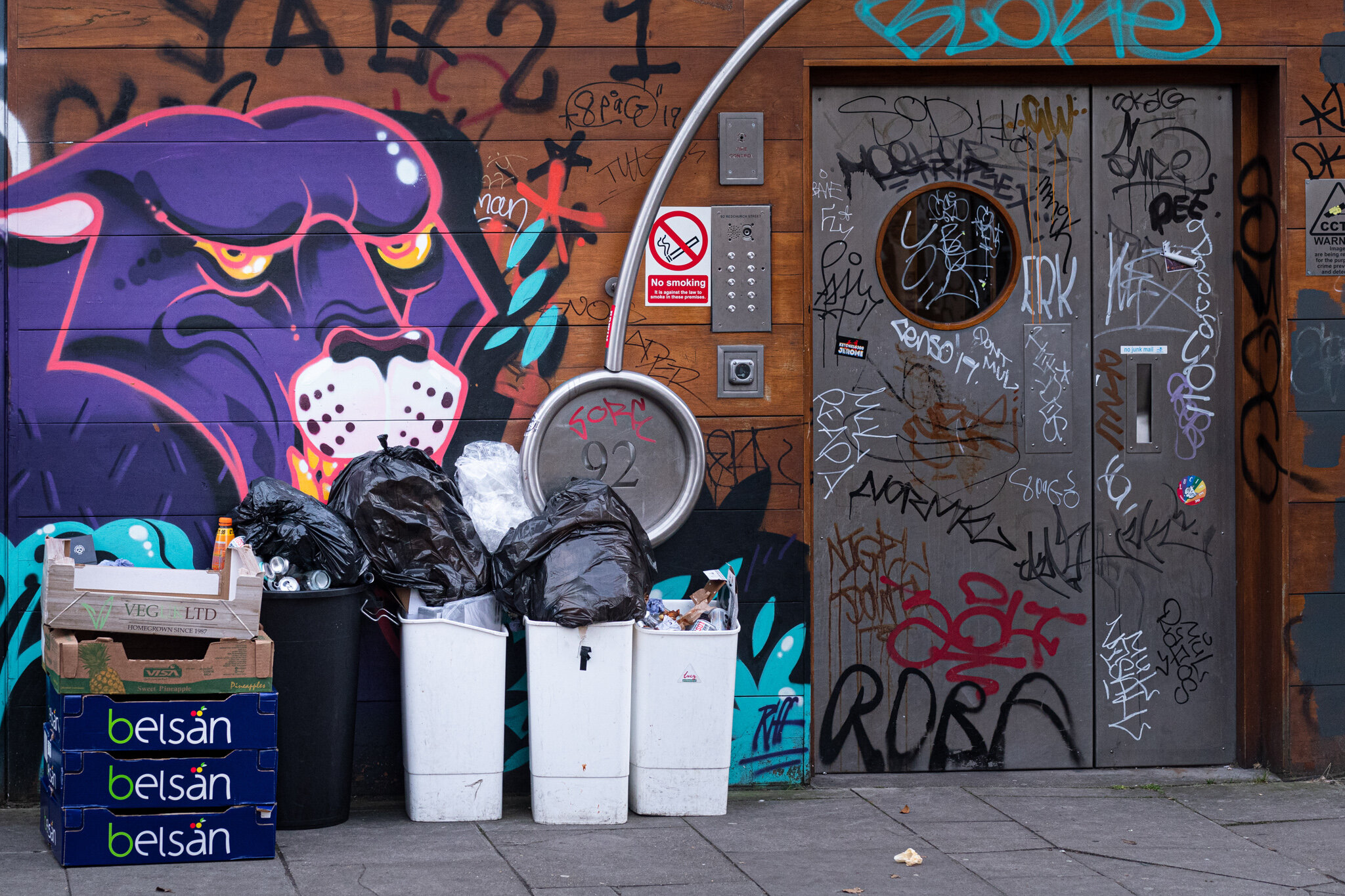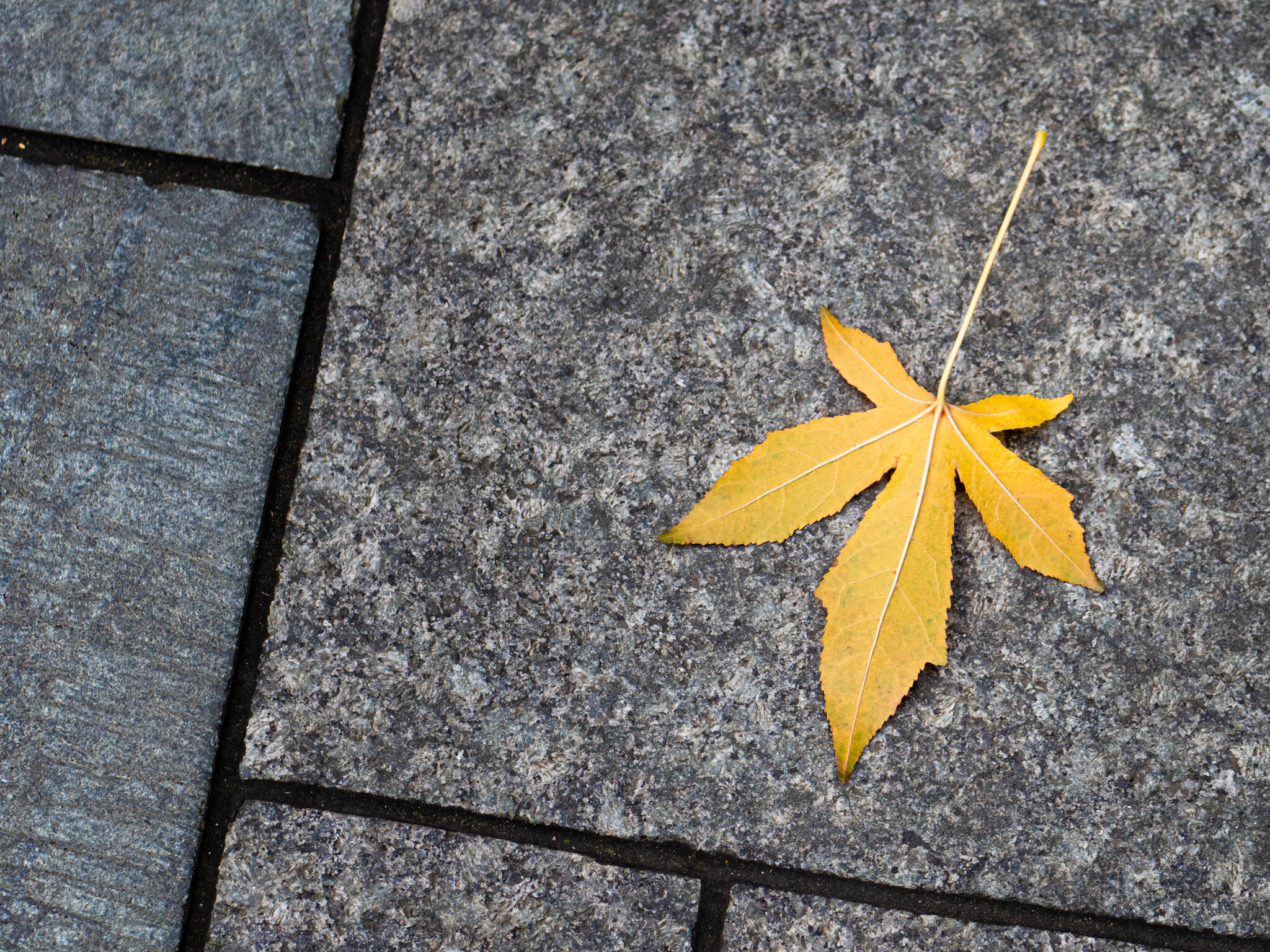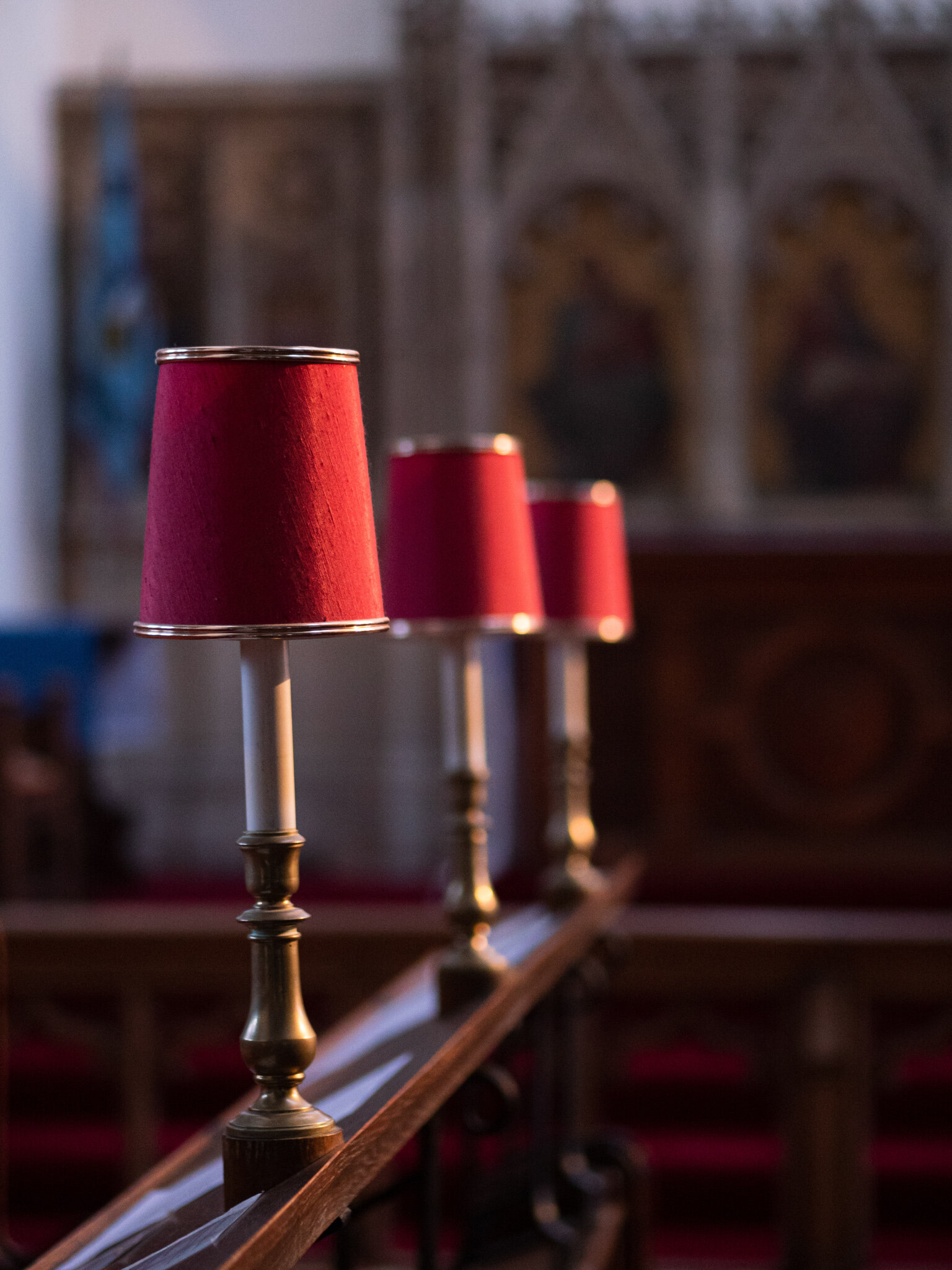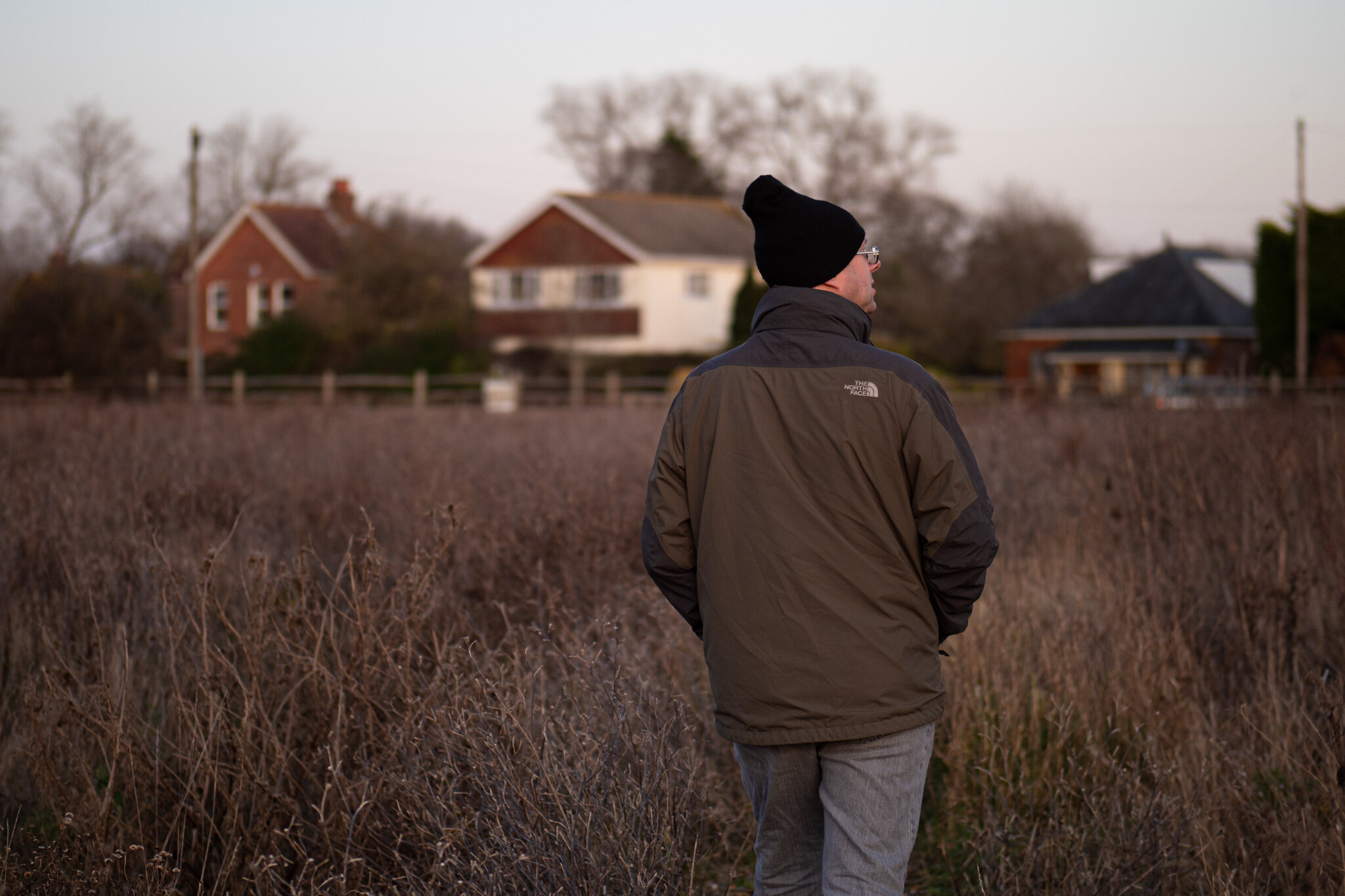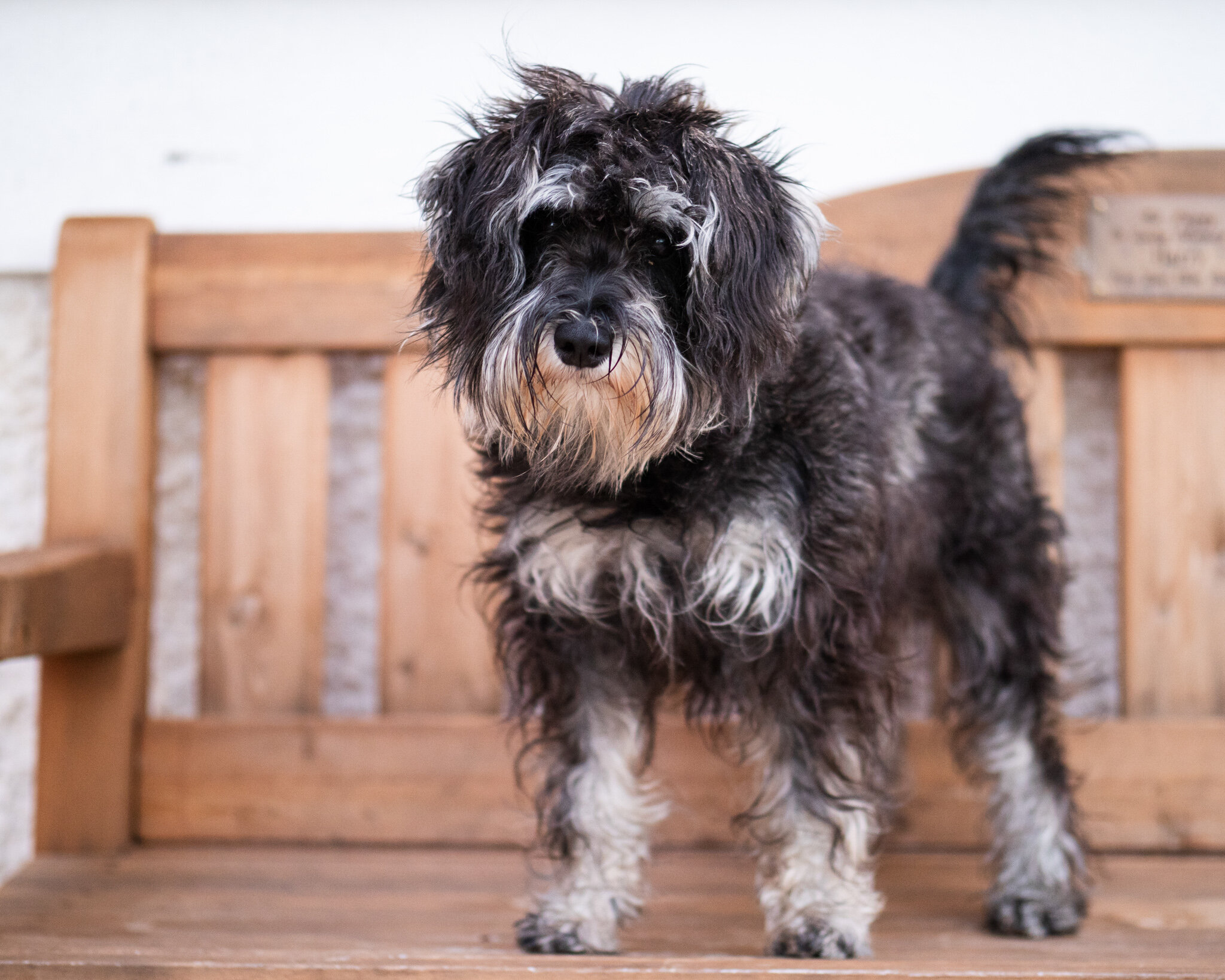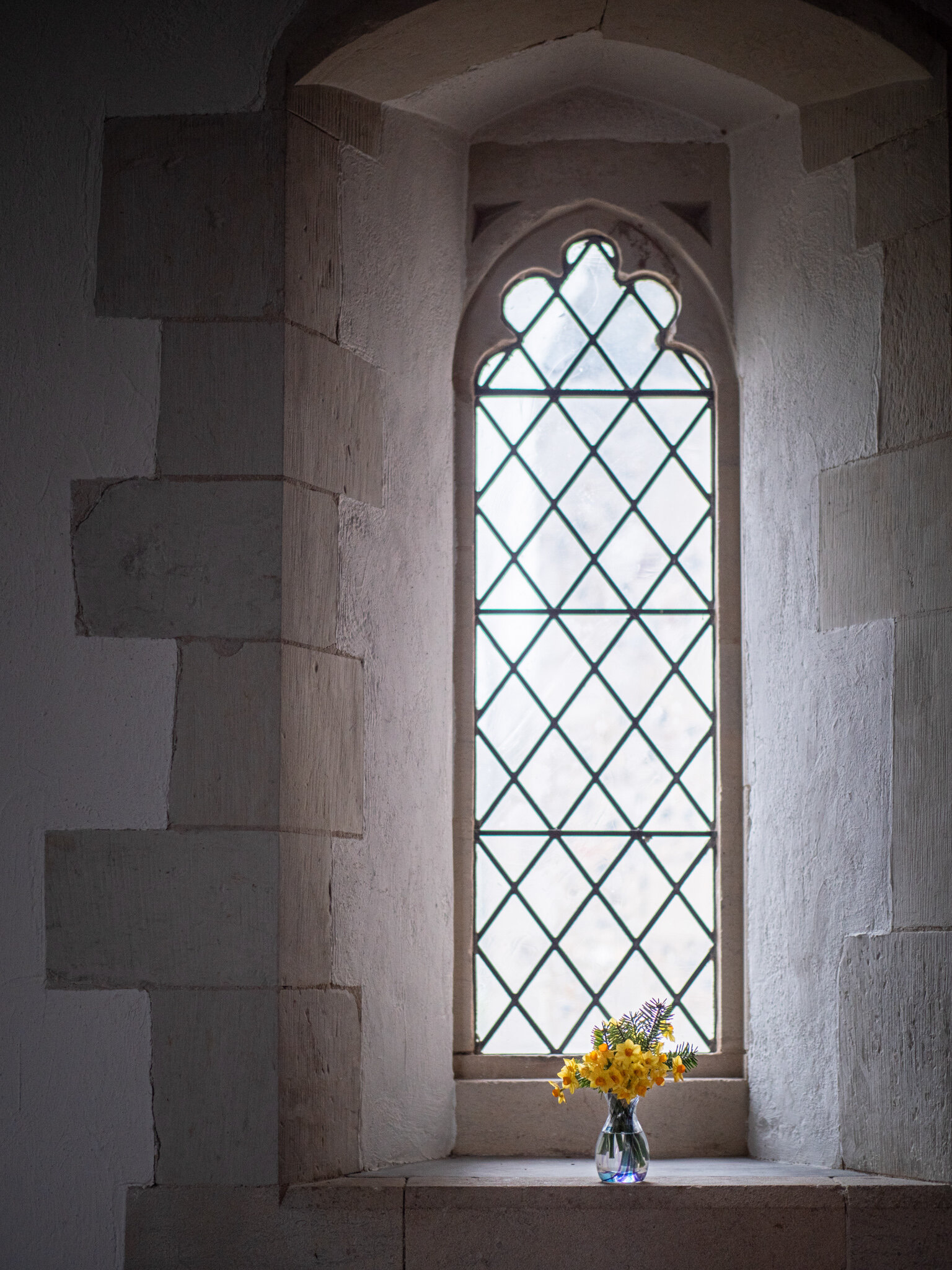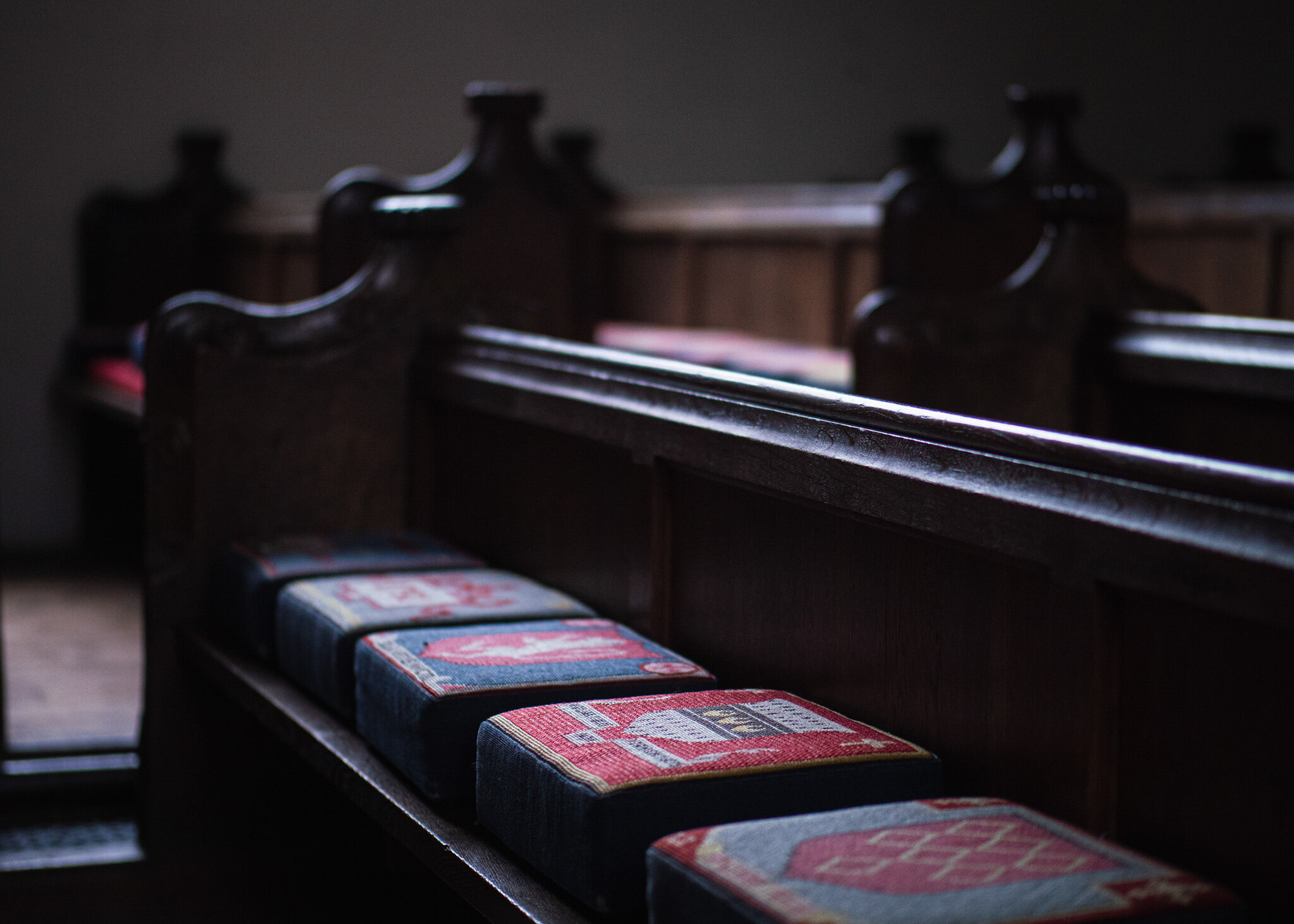The final month of my prime lens project has been mostly devoted to getting closer to the subjects I’ve photographed. My chosen lens was my Olympus 60mm f2.8 macro lens - the perfect tool for getting up close and personal. I’d always intended to save it for April as I figured we’d have more flowers blooming in our garden. Little did I realise when I started this that all my photos this month would be taken within about a mile of home!
I started the month with flowers, using a fallen tulip from our garden as an indoor still life subject, through its various stages of decay. A very welcome bonus was the early blooming of the bluebells in our local woods, which put on a fabulous display.
Inspired by a friend who specialises in photographing Lego minifigures I also dug out my Lego photographer, who I christened Henri, as an assistant on my macro missions. He tagged along with me on various walks around the village and added a different slant to my images.
This is a gallery of my pictures from the month, all taken with the macro lens, although not all of them are, strictly speaking, macro photos.
Please click on any of the thumbnail images to see the pictures full size. All images taken around Elsenham.
That brings my prime lens project to an end. Strictly speaking, I could continue for one more month, shooting with my fisheye lens. However, I’m not sure I can face a month of shooting with such a specialised lens when I can only photograph around our village. Perhaps it’s something I can return to later in the year when I can get out and shoot a greater variety of subject.
So what have I learnt from this project?
Fundamentally it’s confirmed to me the strengths of shooting with prime lenses. When using a single focal length I work much harder to find my compositions, often walking around a subject until I find the right angle and shooting distance. Yes, there are shots I have missed out on because the lens I was carrying wasn’t suitable. However, if I know my ability to move around is going to be limited I will take a zoom lens with me for flexibility.
Shooting with one focal length for extended periods has made me appreciate the qualities of the various lenses and helped me to learn which ones suit my style of photography best. I’ve grown to love my 42.5mm lens, even though I’m not a portrait photographer, and I was surprised how easily I adjusted to shooting wide angle when I used the 12mm lens in March. The hardest month was definitely February, as I wrestled with my 75mm lens. It’s an absolute gem of a lens, but rather specialised and not one I would select as a sole lens for a photographic outing.
I will of course continue to shoot with primes, but that’s not to say there isn’t a time and a place for zoomability! All I need to do now is figure out which lens to take when I got for my lockdown walk today now I have no restrictions….

























